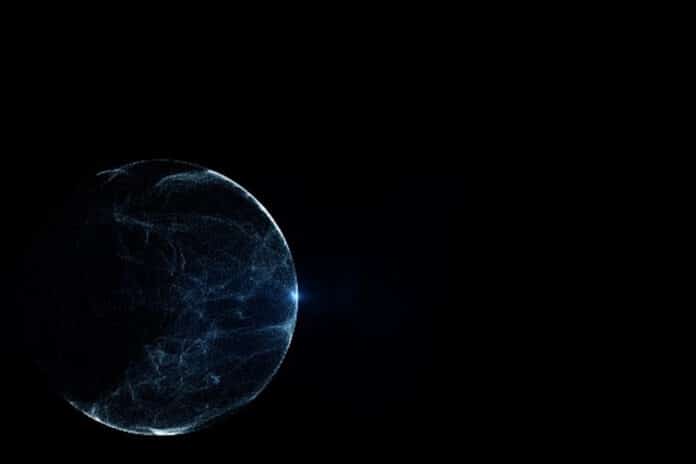The blockbuster film Interstellar popularised the concept of wormholes. Yet, they were first discovered as peculiar solutions to Einstein’s gravity equation and as shortcuts in spacetime’s fabric almost a century ago. To make space traversable disjunctively, or without having to go through observable space outside the wormhole, is the primary function of a traversable wormhole, which may be elegantly abstracted.
A new invention called counterportation- by a University of Bristol physicist offers the first-ever practical blueprint for creating a wormhole in the lab that verifiably bridges space as a probe into the inner workings of the universe.
The physicist used a novel computing scheme, which harnesses the basic laws of physics; a small object can be reconstituted across space without any particles crossing. It offers a “smoking gun” for the existence of a physical reality that supports our most accurate description of the world, among other things.
Study author Hatim Salih, Honorary Research Fellow at the university’s Quantum Engineering Technology (QET) Labs and co-founder of the start-up DotQuantum, said: “This is a milestone we have been working towards for a bunch of years. It provides a theoretical and practical framework for exploring afresh enduring puzzles about the universe, such as the true nature of spacetime.”
For example, a stream of photons passing through an optical fiber or through the air to allow others to view this text are examples of detectable information carriers that must travel through when we interact. Or even the numerous neuronal signals bouncing about the brain as they do so.
This is true even in the case of quantum teleportation, which, Star Trek aside, allows for the whole information about a small object to be transferred, allowing it to be recreated elsewhere and becoming completely interchangeable with the original, which disintegrates. The latter ensures a basic restriction that prevents flawless copying. It’s noteworthy that the most recent wormhole simulation on Google’s Sycamore processor is essentially a teleportation test.
Hatim said: “Here’s the sharp distinction. While counterportation achieves the end goal of teleportation, namely disembodied transport, it remarkably does so without any detectable information carriers traveling across.”
“If counterportation is to be realized, an entirely new type of quantum computer has to be built: an exchange-free one, where communicating parties exchange no particles.”
“By contrast to large-scale quantum computers that promise remarkable speed-ups, which no one knows how to build, the promise of exchange-free quantum computers of even the smallest scale is to make seemingly impossible tasks – such as counterportation – possible by fundamentally incorporating space alongside time.”
“The goal in the near future is to physically build such a wormhole in the lab, which can then be used as a testbed for rival physical theories, even ones of quantum gravity,” Hatim added.
“This work will be in the spirit of the multi-billion ventures that exist to witness new physical phenomena, like the Laser Interferometer Gravitational-Wave Observatory (LIGO) and the European Organisation for Nuclear Research (CERN), but at a fraction of the resources. Our hope is to provide remote access to local wormholes for physicists, physics hobbyists, and enthusiasts to explore fundamental questions about the universe, including the existence of higher dimensions.”
Tim Spiller, Professor of Quantum Information Technologies at the University of York and Director of the Quantum Communications Hub of the UK National Quantum Technologies Programme, said: “Quantum theory continues to inspire and astound us. Hatim’s latest work on counterportation provides another example, with the bonus of a pathway towards experimental demonstration.”
John Rarity, Professor of Optical Communication Systems at the University of Bristol, said: “We experience a classical world which is built from quantum objects. The proposed experiment can reveal this underlying quantum nature showing that entirely separate quantum particles can be correlated without ever interacting. This correlation at a distance can then be used to transport quantum information (qbits) from one location to another without a particle having to traverse the space, creating what could be called a traversable wormhole.”
Journal Reference:
- Hatim Salih. From counterportation to local wormholes. Quantum Science and Technology. DOI: 10.1088/2058-9565/ac8ecd
